The goal of this project was to design a comprehensive platform that caters to the growing community of alternative sports enthusiasts, such as ultimate frisbee, spike ball, pickleball, and dodgeball players. The platform aims to provide a centralized hub for players to connect, organize events, find local communities, and enhance their overall experience within these sports.
The Problem statement
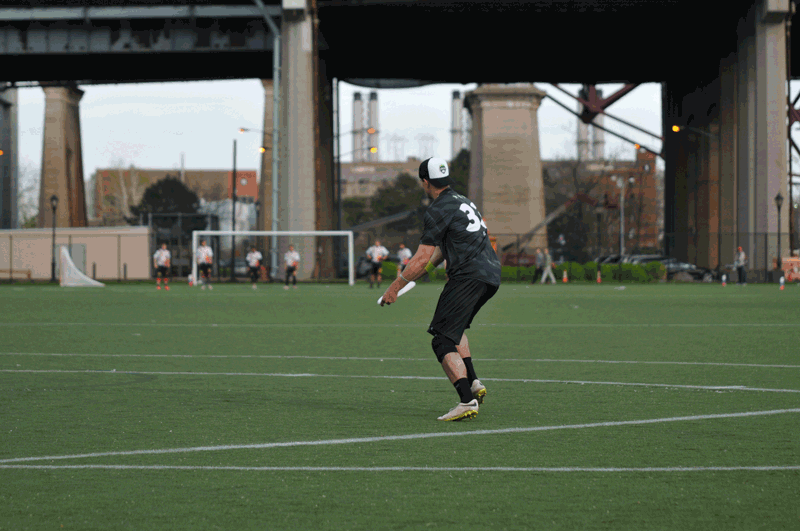
The Context
Pickleball players grew from 3.46 million in 2019 to 7.2 million in 2022 and has been one of the fastest-growing sports in the United States.
Despite the growing interest and participation, there remains a lack of centralized platforms that cater specifically to the diverse needs of alternate sports enthusiasts. This gap presents a unique opportunity to create a comprehensive platform that integrates community engagement, event management, and a marketplace tailored to alternate sports.
The Product idea
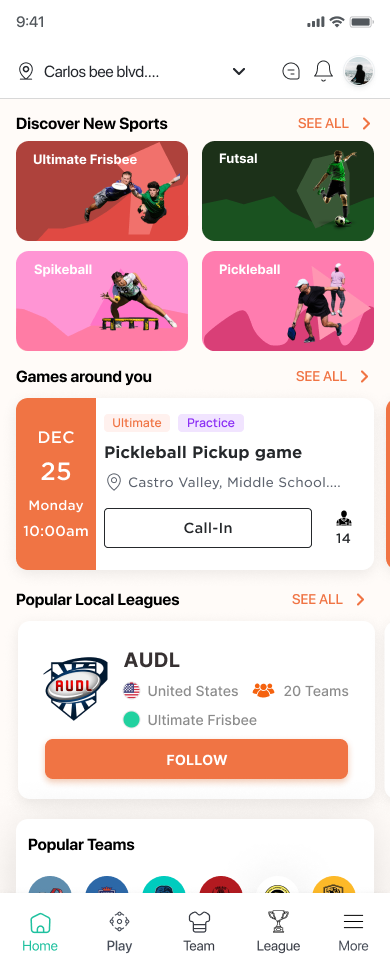
Connect
A platform for niche sports community to connect and share experiences.
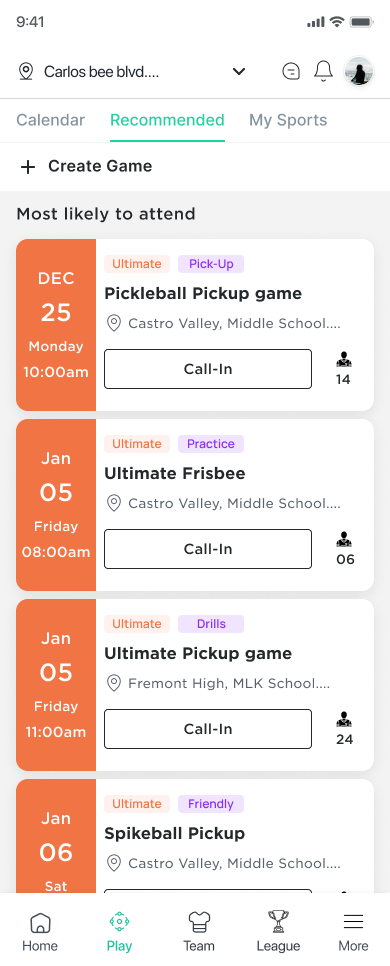
Streamline
Simplify team management: organization of matches, tournaments, and events and communication.
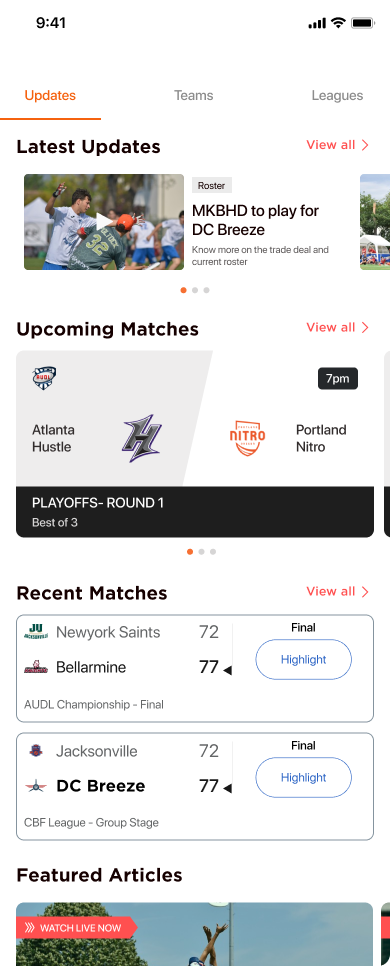
Promote
Increase exposure for niche sports and connect players with teams and sponsors for growth and advancement.
🧐 the why of the product
When I arrived in the United States, as a sports enthusiast, my first instinct was to find a pickup game of Ultimate Frisbee or Pickleball nearby. However, I quickly realized that this simple task proved to be more challenging than anticipated.
This meant that the community was fragmented and scattered across different platforms and social media channels.
qualitative research
Understanding user pain points and current behavior
To gain insights and understand core problems I reached out to folks in the sports community and enthusiasts around the bay area through Semi Structured User Interviews with 4 main objectives.
To understand
1. How communities are built around new sports
2. How people discover new sports opportunities & engage with sports communities
3. How existing teams operate and grow
4. How tournaments are organized
User interview structure
Key insights
Social Connections Drive Engagement
People are motivated to join and stay involved in sports communities primarily due to the social aspect and friendships formed.
Scheduling is a Logistical Hurdle
Coordinating game/practice schedules while accounting for facility availability, team requests, and rescheduling is a major challenge.
Limited exposure and visibility
Teams struggle to gain exposure and visibility in the broader sports landscape, which can limit their growth and development.
Here's what they said
personas
Defining the users
Synthesizing interview Insights, identified three archetypes TeamUp could cater. Considering bandwidth and timelines I decided to focus on the first two archetypes.
To start, the aim was to bridge the gap between existing teams and users looking to pick up a new sport or join a new team, as this is where TeamUp could initially have the most impact and get traction.
competitor analysis
Understanding the existing solutions
I conducted a thorough competitive analysis of existing solutions in the market to evaluate feature sets and discover opportunities that gave me valuable insights into industry standards, user expectations, and potential gaps in the market.
While evaluating feature sets helped me determine what users expect and what might be missing, it also assisted in positioning TeamUp's unique value offering and differentiator.
Missing Community
Most existing solutions are designed either for existing teams or organizers, leaving a gap for a platform that addresses the community aspect of sports.
Narrowing in on a Niche
While many existing platforms focus on mainstream sports, there is a significant gap in support for alternate sports.
feedback
Talking to an expert to inform initial ideas
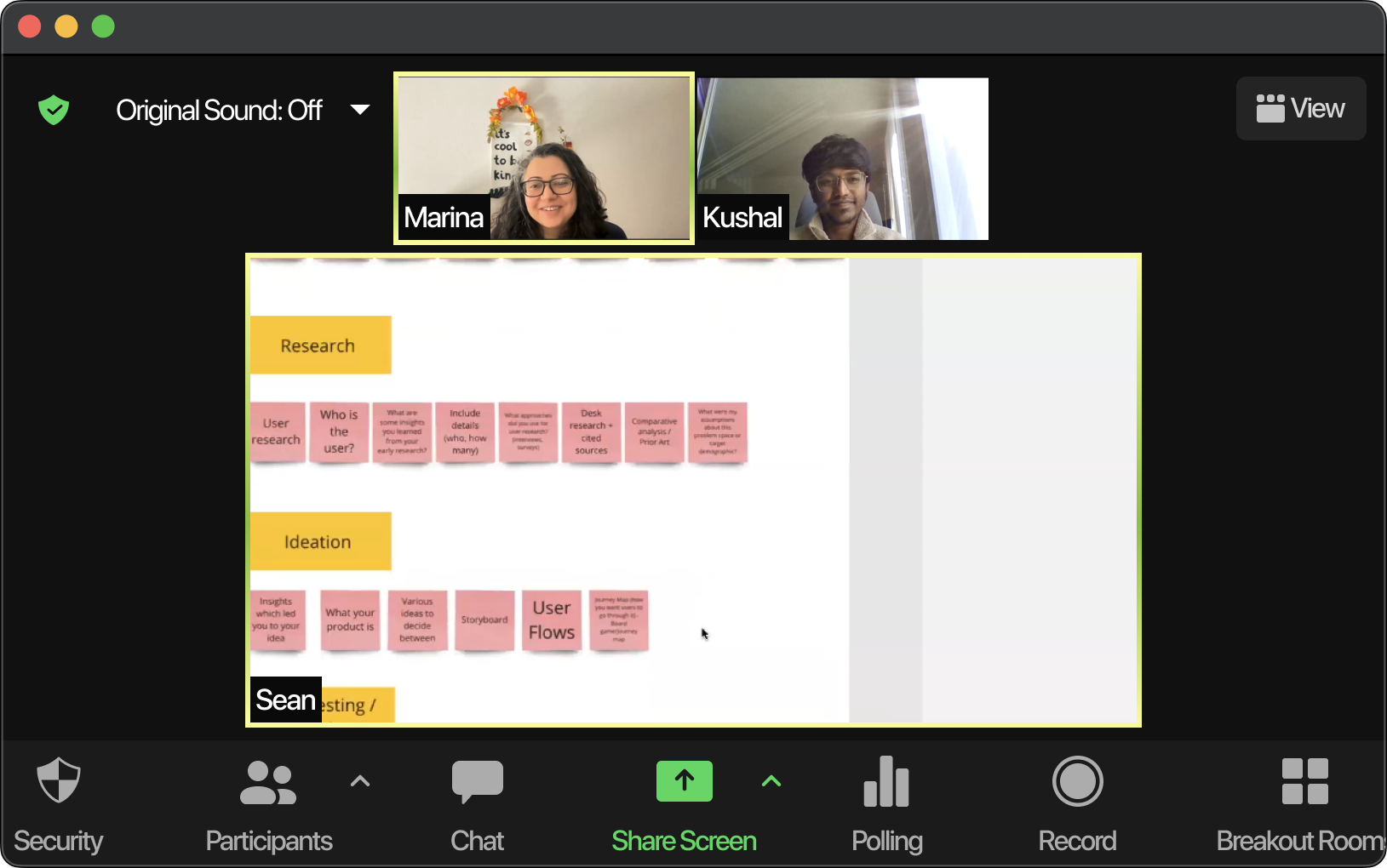
Design to mitigate negative emotional impacts by leading with user perspectives - things like ability representation or community inclusion can have an outsized effect. Center firsthand user research insights rather than assumptions.
- Marina Terteryan
🌐 design principles
Principles kept in mind while designing the solution
The feedback prompted me to adopt a more structured approach and design principles.
Foster positive emotional journeys
to facilitate feelings of welcome, belonging, and personal growth rather than isolation or intimidation.
Promote inclusive participation
to enable broad, diverse involvement by all skill levels and backgrounds rather than catering to exclusive competitive intensity.
Simplifying and clarify complex systems
Address confusing elements by simplifying and clarify complex systems through considered information architecture and transparent language.
Mapping the Structure
After laying out the structure, I had to choose the MVP. Considering the time frame and feasibility, only the features highlighted in purple were designed in the first phase.
🔄 iterations
Multiple Iterations later, from wireframes to high-fidelity
Considerations after laying down the basic flow, 1st iteration
 ️ Start testing & iterating
️ Start testing & iterating
 ️ Refine the Home Page Interface: - how other information like near by games, local leagues can be induced
️ Refine the Home Page Interface: - how other information like near by games, local leagues can be induced
 Incorporate how users can create teams
Incorporate how users can create teams
🌐 identity
Brand Elements
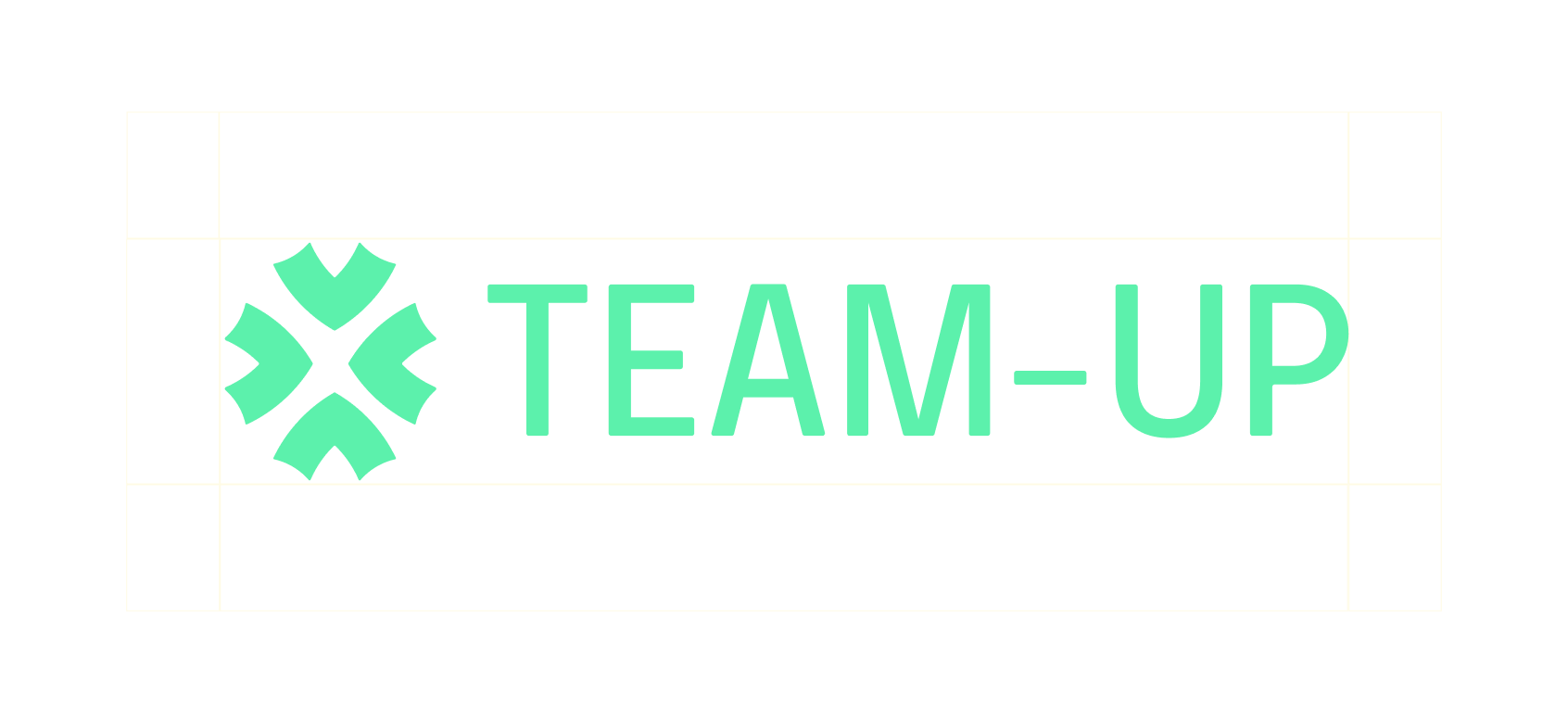
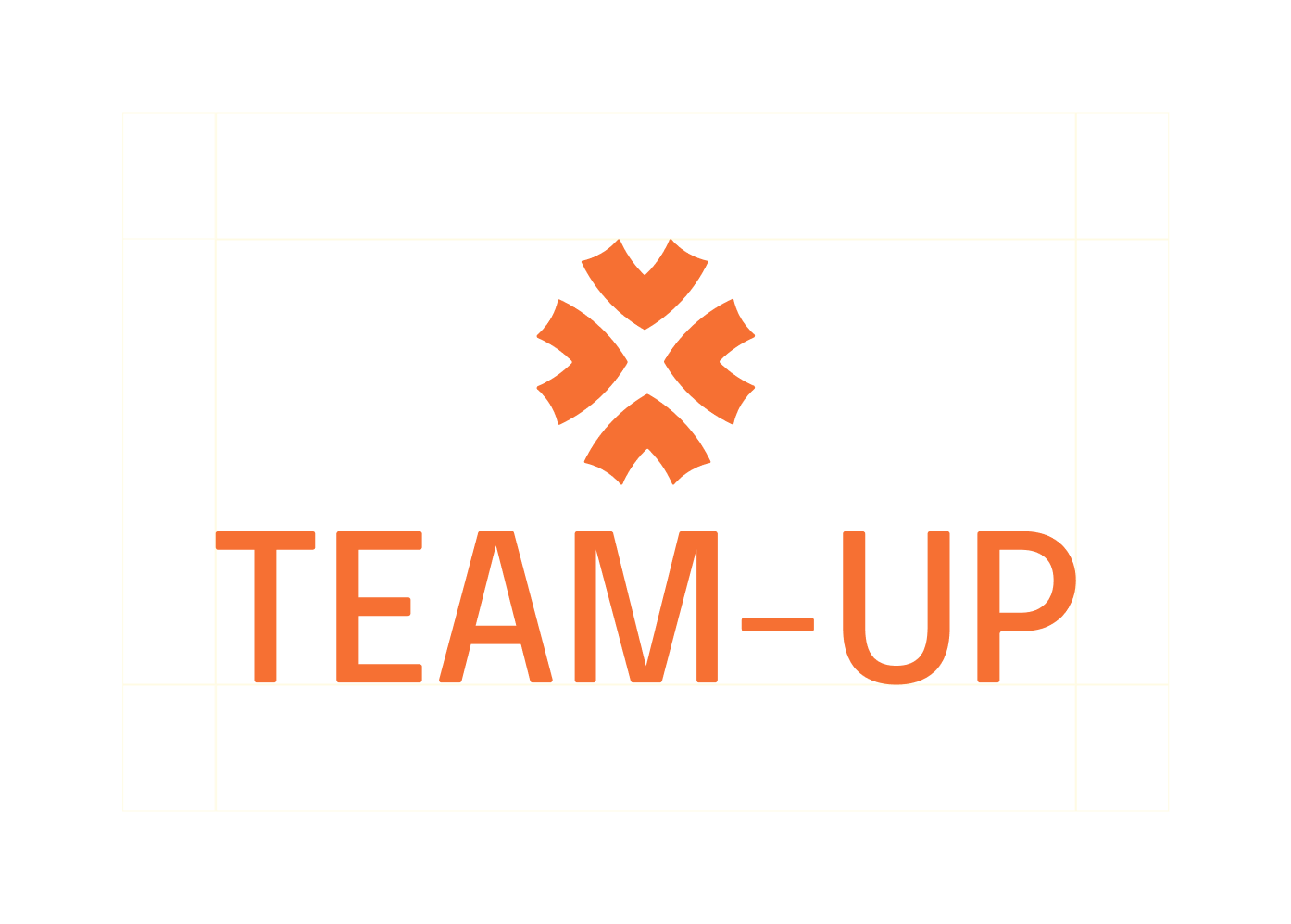
presenting TeamUp!
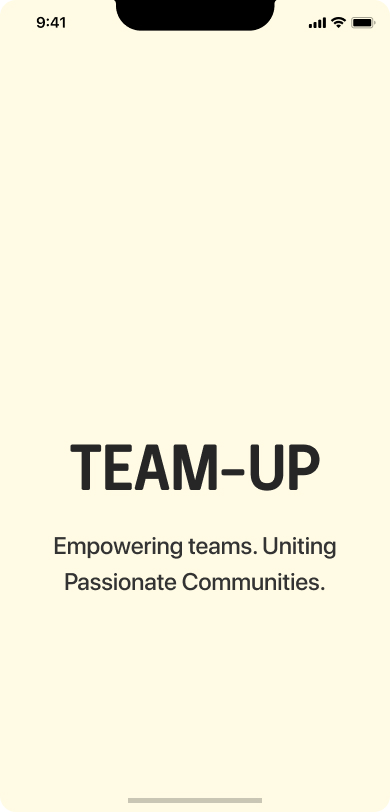
On boarding
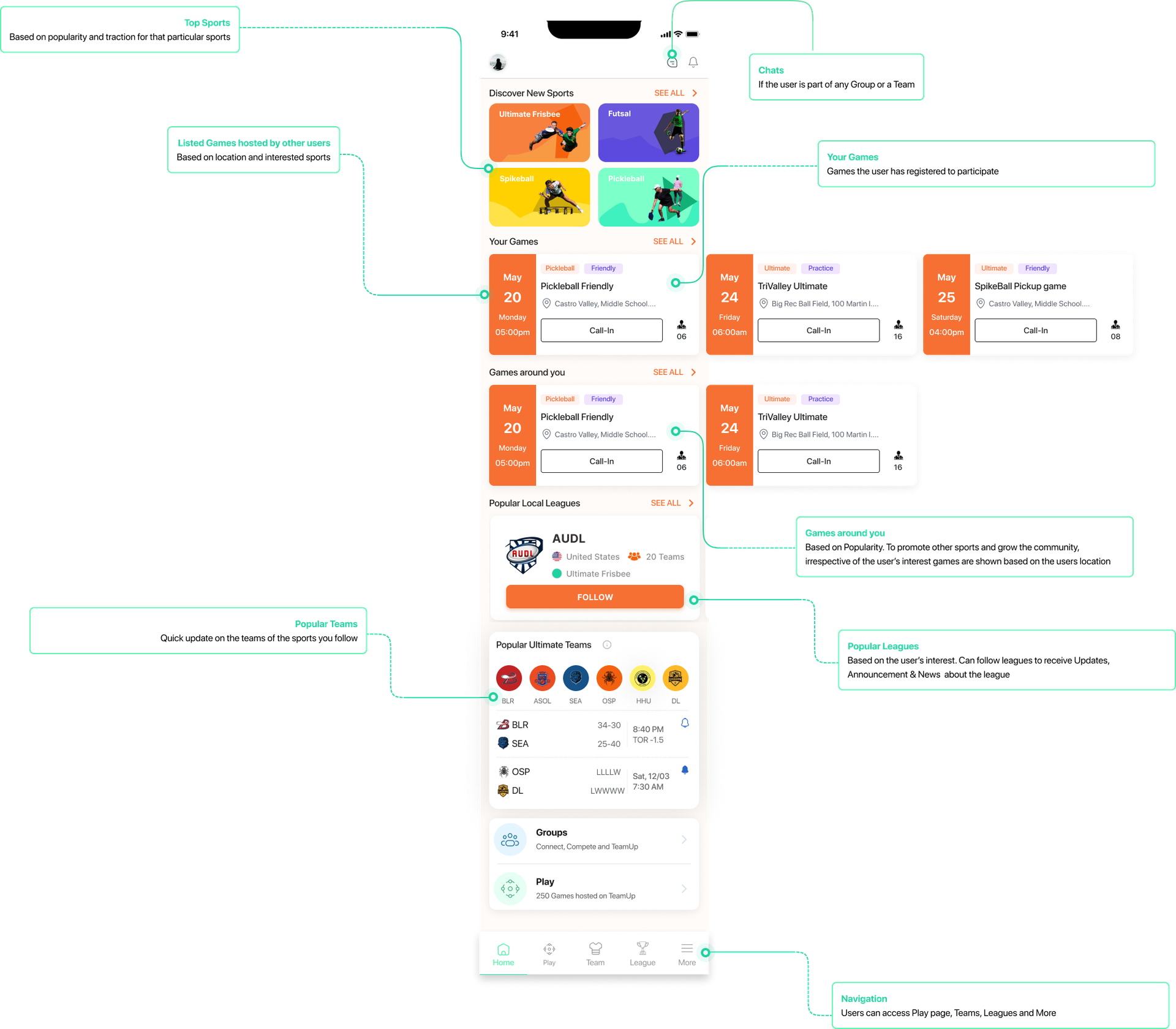


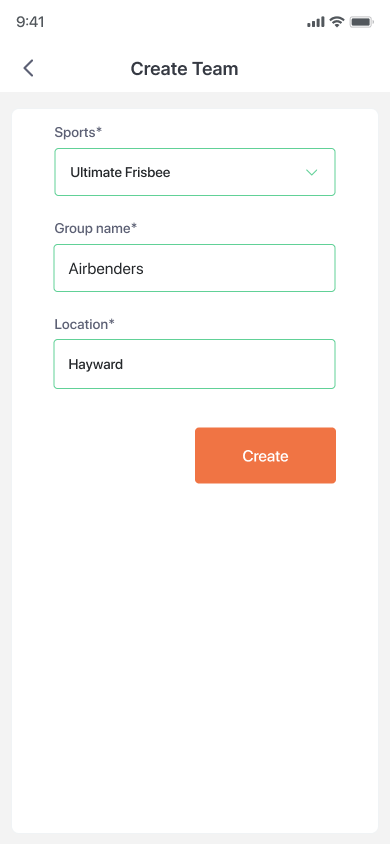
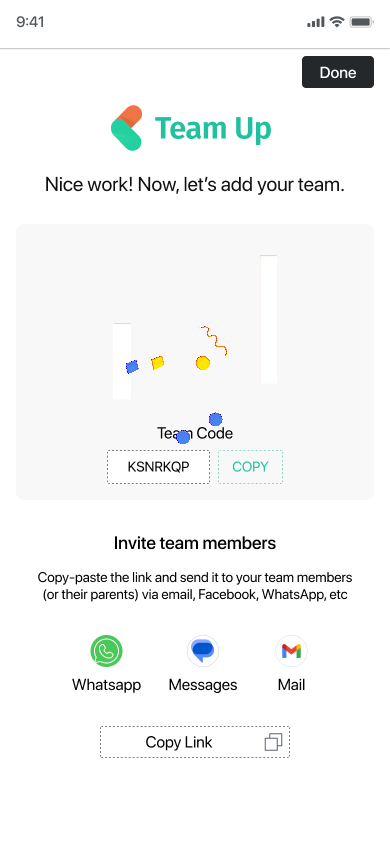

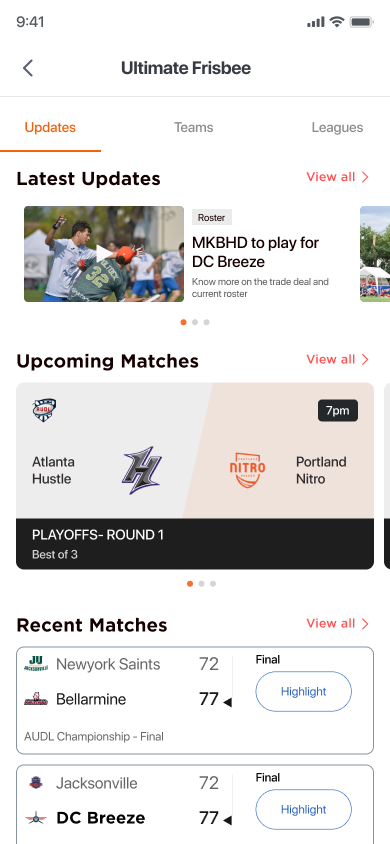

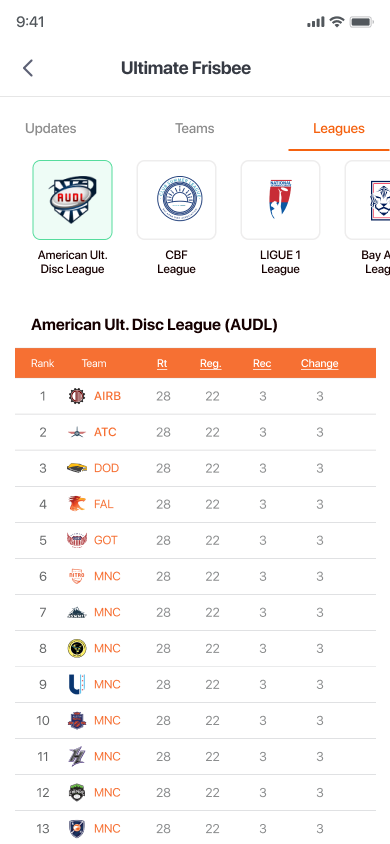
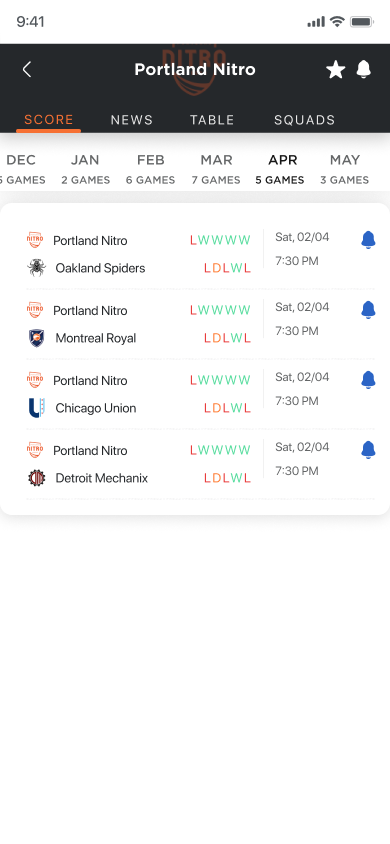
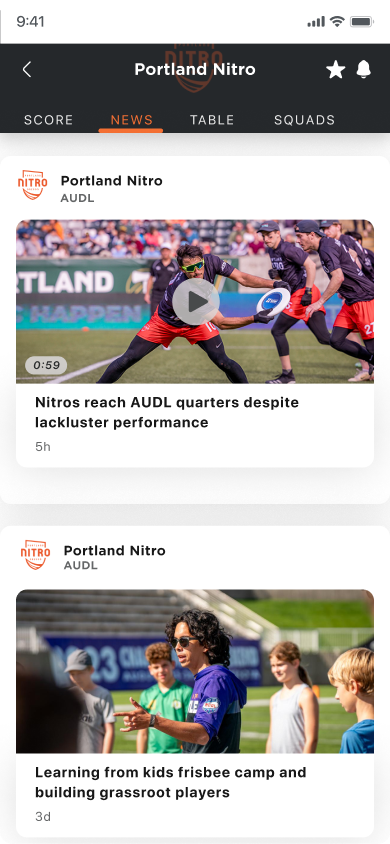
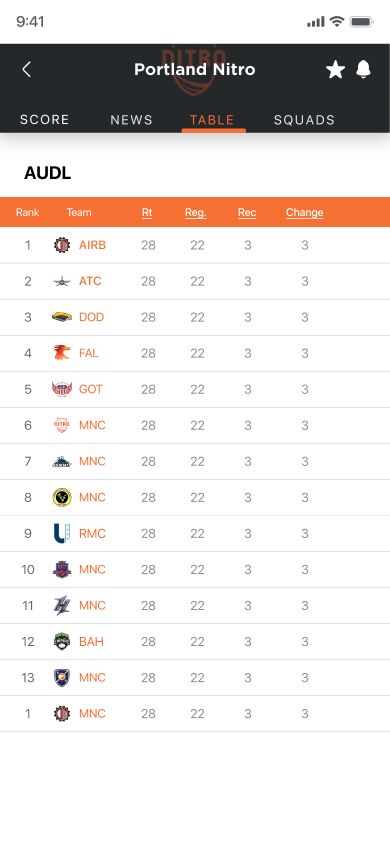
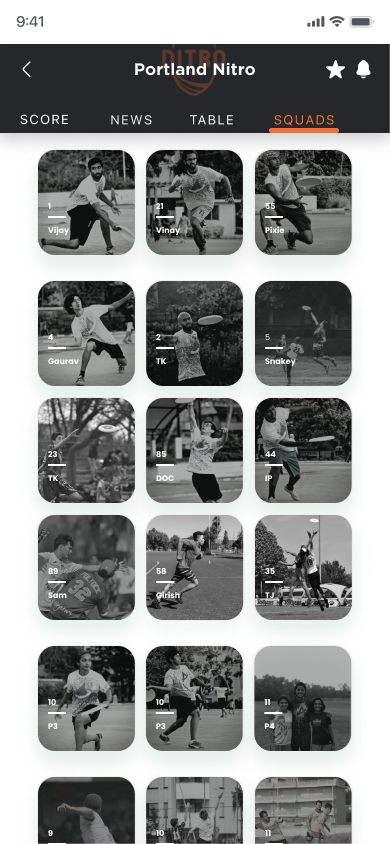
Key learnings and takeaways
Niche market understanding
Designing for a niche sports community requires in-depth knowledge of the specific sports, their culture, and the interests of the community members. Being familiar with the nuances and dynamics of the niche market helped in creating relevant and tailored solutions.
You are not you're user
I wrongly made assumptions instead of talking to real niche sports community members early. Their emotional journeys and barriers to adoption differed greatly from my projections. This underscored avoiding injection of personal conjectures or anecdotes when qualitative data is available.
Systems thinking
In this project, I've deeply embraced systems thinking, understanding the intricate connections within. Realizing that design choices ripple through, shaping user experience and community dynamics. This insight is pivotal while venturing into building the real app.